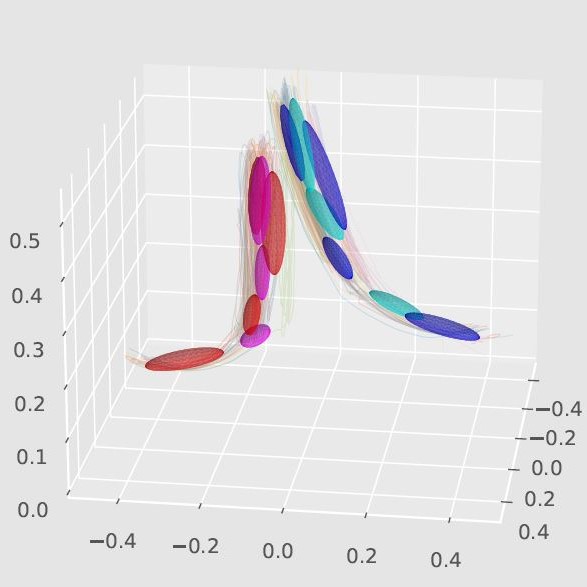
Full text
DOI
Share
|
AbstractHidden Markov Models with an underlying Mixture of Gaussian structure have proven effective in learning Human-Robot Interactions from demonstrations for various interactive tasks via Gaussian Mixture Regression. However, a mismatch occurs when segmenting the interaction using only the observed state of the human compared to the joint state of the human and the robot. To enhance this underlying segmentation and subsequently the predictive abilities of such Gaussian Mixture-based approaches, we take a hierarchical approach by learning an additional mixture distribution on the states at the transition boundary. This helps prevent misclassifications that usually occur in such states. We find that our framework improves the performance of the underlying Gaussian Mixture-based approach, which we evaluate on various interactive tasks such as handshaking and fistbumps. |